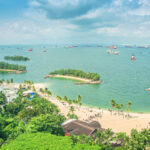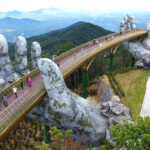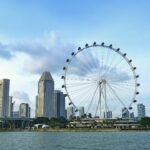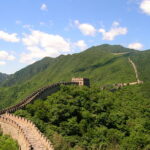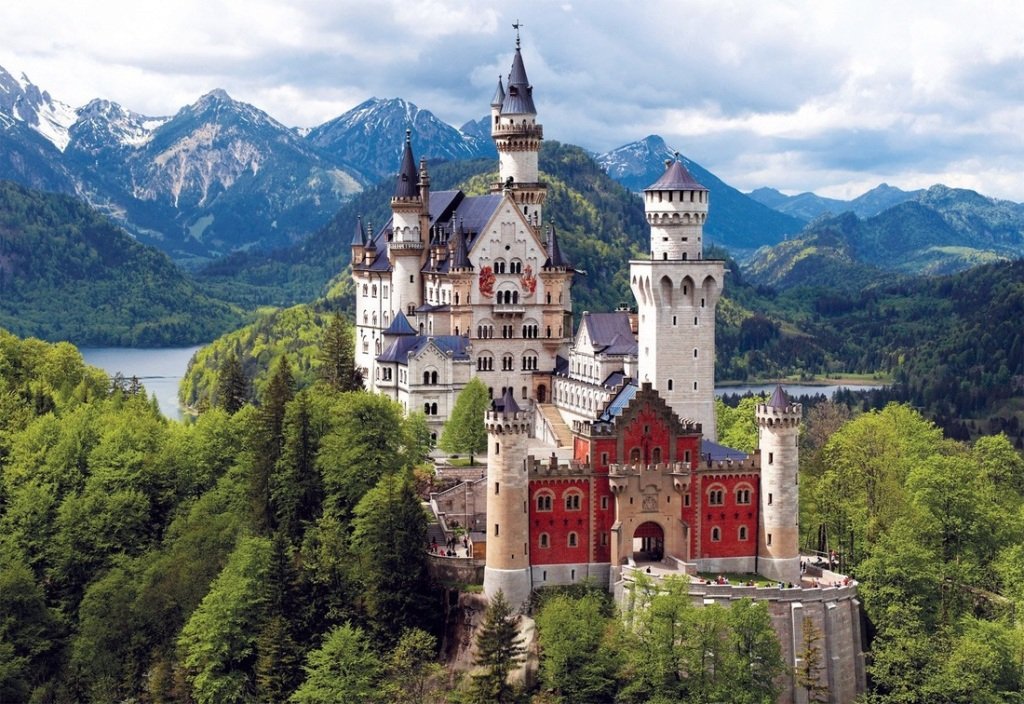
European history would be unimaginable without the remarkable castles scattered across the continent. Castles seem full of magic and mystery, something straight out of a fairytale. Yet so many fairy tales and stories have drawn inspiration from real castles that we can still see around us to this day.
Countries like France, Germany, and the United Kingdom are overwhelmingly rich with castles – each unique in its own way and not failing to impress anyone, who sees them up close. (Source from Wikipedia)

1. Neuschwanstein Castle, Germany
Neuschwanstein Castle is a 19th-century historicist palace on a rugged hill above the village of Hohenschwangau near Füssen in southwest Bavaria, Germany. The palace was commissioned by King Ludwig II of Bavaria as a retreat and in honour of Richard Wagner. Ludwig chose to pay for the palace out of his personal fortune and by means of extensive borrowing, rather than Bavarian public funds. Construction began in 1869, but was never fully completed. The castle was intended as a private residence for the King, until he died in 1886. It was open to the public shortly after his death. Since then more than 61 million people have visited Neuschwanstein Castle. More than 1.3 million people visit annually, with as many as 6,000 per day in the summer.
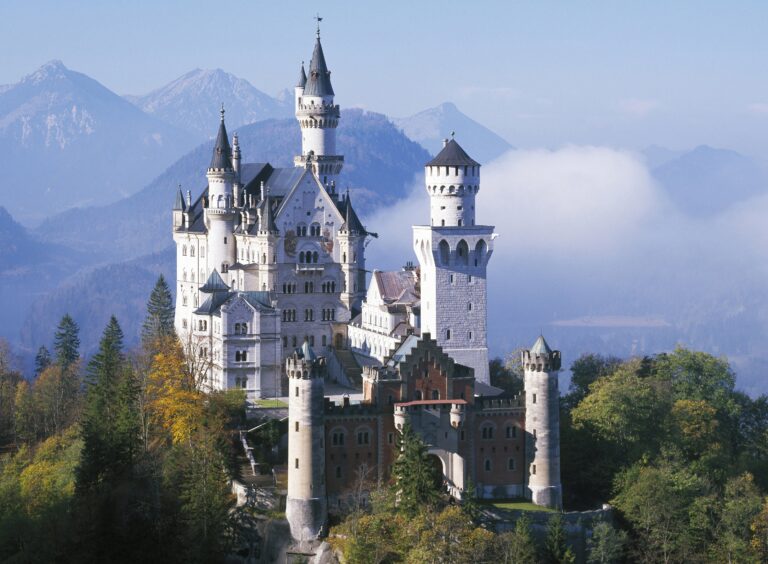
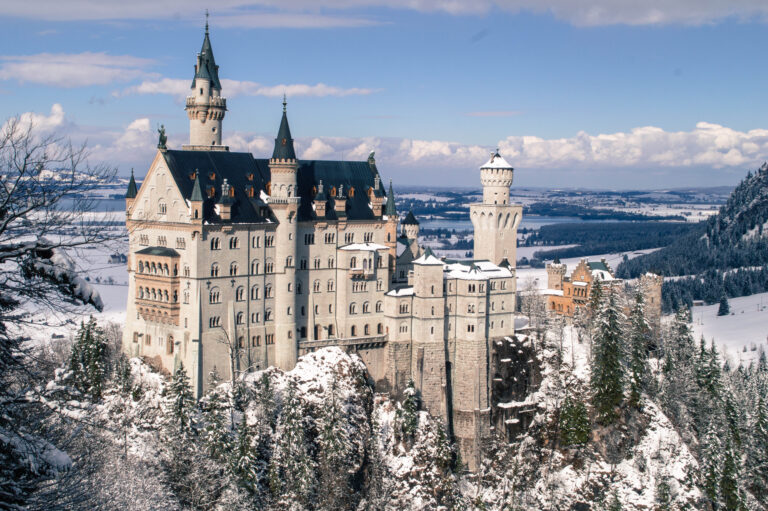
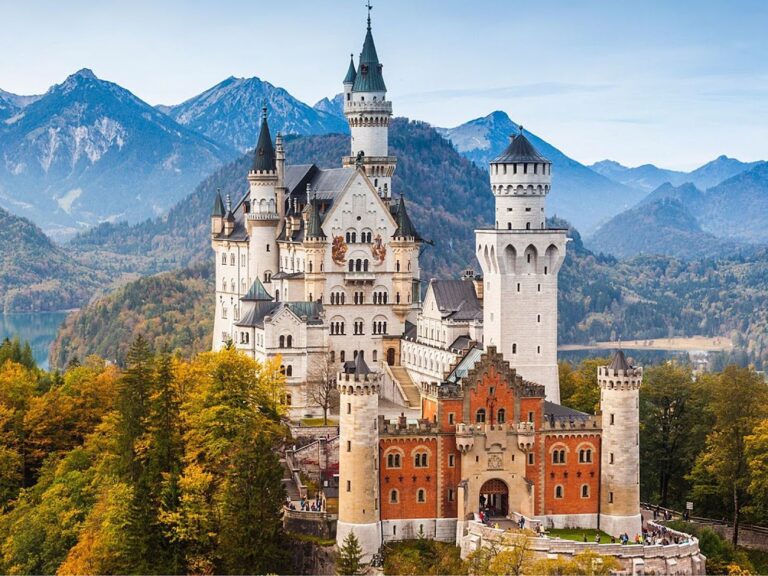
![edit-0023-compressor[1]](https://hobbymart.net/wp-content/uploads/2022/05/edit-0023-compressor1-768x576.jpg)
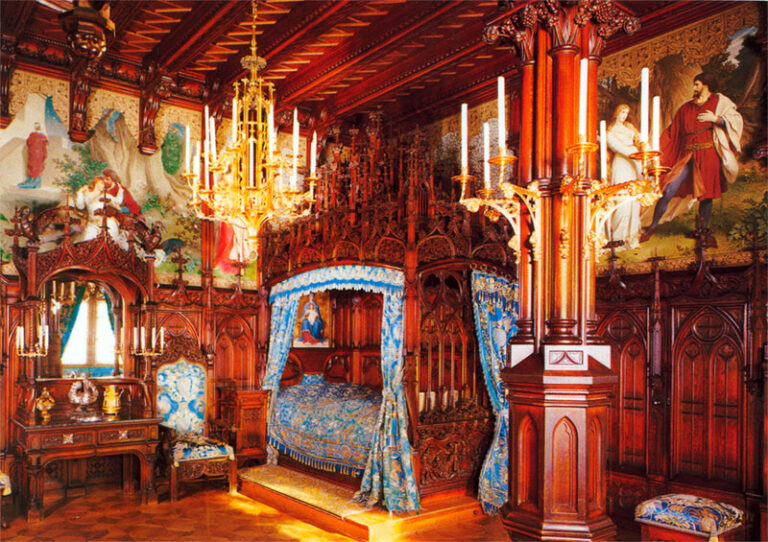
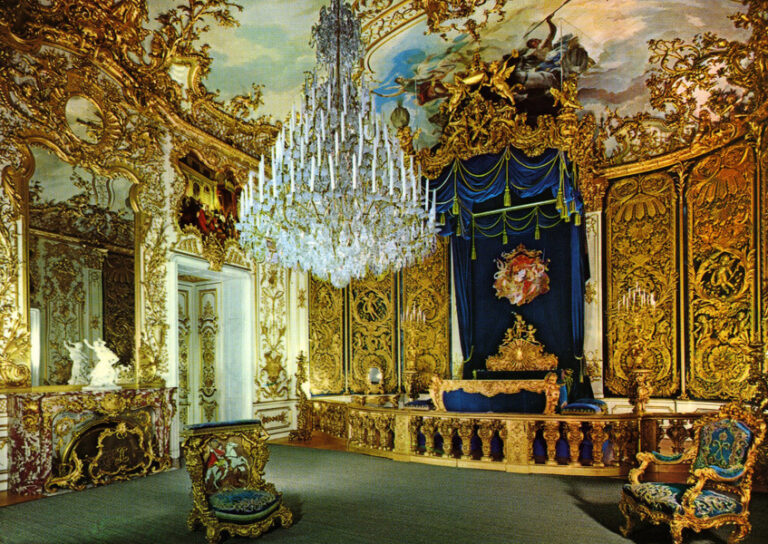

2. Bran Castle, Romania
Bran Castle is a castle in Bran, 25 kilometres (16 mi) southwest of Brașov. It is a national monument and landmark in Transylvania. The fortress is on the Transylvanian side of the historical border with Wallachia, on road DN73. Commonly known outside Transylvania as Dracula's Castle, it is often referred to as the home of the title character in Bram Stoker's Dracula. There is no evidence that Stoker knew anything about this castle, which has only tangential associations with Vlad the Impaler, voivode of Wallachia, the putative inspiration for Dracula.[1] Stoker's description of Dracula's crumbling fictional castle also bears no resemblance to Bran Castle. The castle is now a museum dedicated to displaying art and furniture collected by Queen Marie.[2] Tourists can see the interior on their own or by a guided tour. At the bottom of the hill is a small open-air museum exhibiting traditional Romanian peasant structures (cottages, barns, water-driven machinery, etc.) from the Bran region.
![Bran-castle5[1]](https://hobbymart.net/wp-content/uploads/2022/05/Bran-castle51-768x512.jpg)
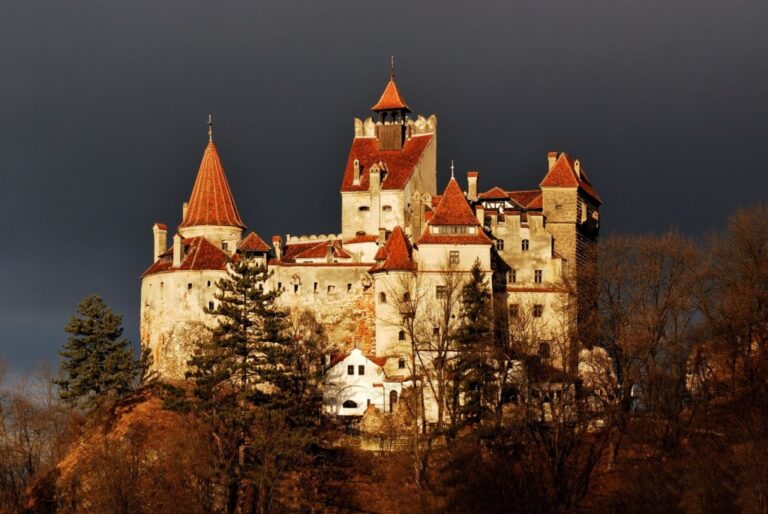
![Bran-Castle[1]](https://hobbymart.net/wp-content/uploads/2022/05/Bran-Castle1-768x513.jpg)
![1-bran-romania-castle-bran-exterior-emily-wilson[1]](https://hobbymart.net/wp-content/uploads/2022/05/1-bran-romania-castle-bran-exterior-emily-wilson1-768x512.jpg)
![Bran+castle+Romania+aerial+beautiful+eastern+europe+medieval+castles[1]](https://hobbymart.net/wp-content/uploads/2022/05/BrancastleRomaniaaerialbeautifuleasterneuropemedievalcastles1-768x432.jpg)
![bran-castle-romania-for-you-01[1]](https://hobbymart.net/wp-content/uploads/2022/05/bran-castle-romania-for-you-011-768x512.jpg)

3. Château de Chantilly, France
The Château de Chantilly is an historic French château located in the town of Chantilly, Oise, about 50 kilometres (30 miles) north of Paris. The site comprises two attached buildings: the Petit Château built around 1560 for Anne de Montmorency and the Grand Château, which was destroyed during the French Revolution and rebuilt in the 1870s. It is owned by the Institut de France, which received it from Henri d'Orléans, Duke of Aumale. A historic monument since 1988, it is open to the public. The château's art gallery, the Musée Condé, houses one of the finest collections of paintings in France. It specialises in French paintings and book illuminations of the 15th and 16th centuries.
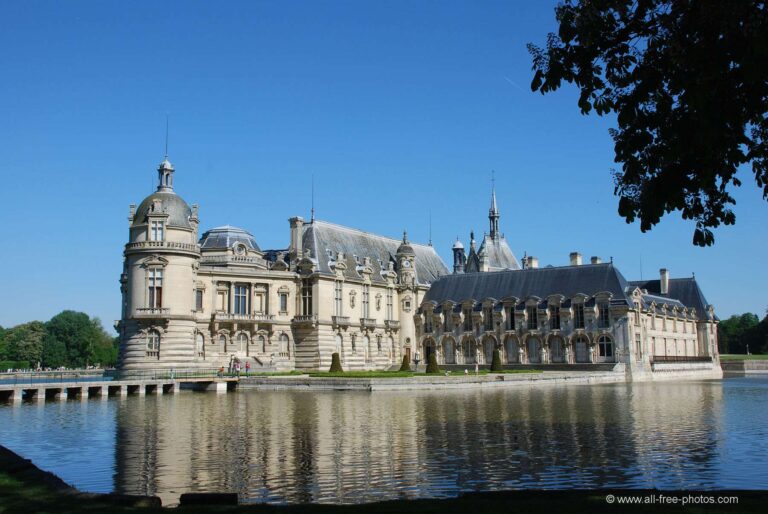
![swans-in-the-lake-by-the-chateau-de-chantilly-52407-1920x1200[1]](https://hobbymart.net/wp-content/uploads/2022/05/swans-in-the-lake-by-the-chateau-de-chantilly-52407-1920x12001-1-768x480.jpg)

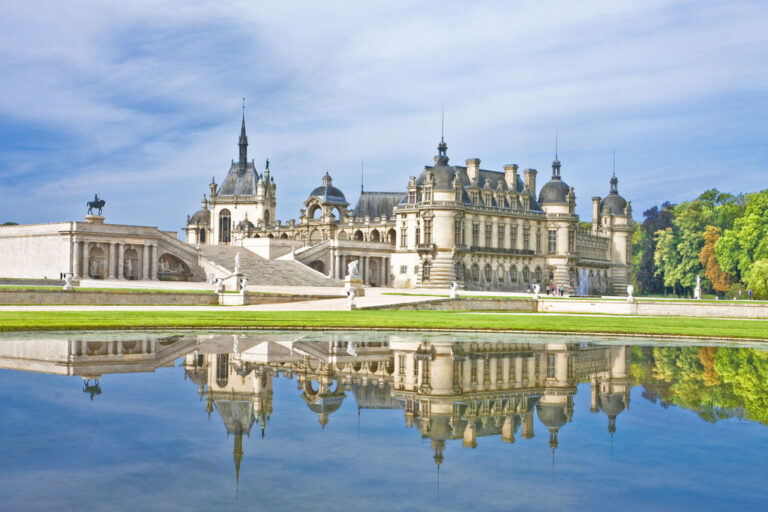
4. Eilean Donan, Scotland
Eilean Donan is a small tidal island situated at the confluence of three sea lochs (Loch Duich, Loch Long and Loch Alsh) in the western Highlands of Scotland, about 1 kilometre (5⁄8 mi) from the village of Dornie. It is connected to the mainland by a footbridge that was installed early in the 20th century and is dominated by a picturesque castle that frequently appears in photographs, film and television. The island's original castle was built in the thirteenth century; it became a stronghold of the Clan Mackenzie and their allies, the Clan MacRae. However, in response to the Mackenzies' involvement in the Jacobite rebellions early in the 18th century, government ships destroyed the castle in 1719. The present-day castle is Lieutenant-Colonel John Macrae-Gilstrap's 20th-century reconstruction of the old castle.

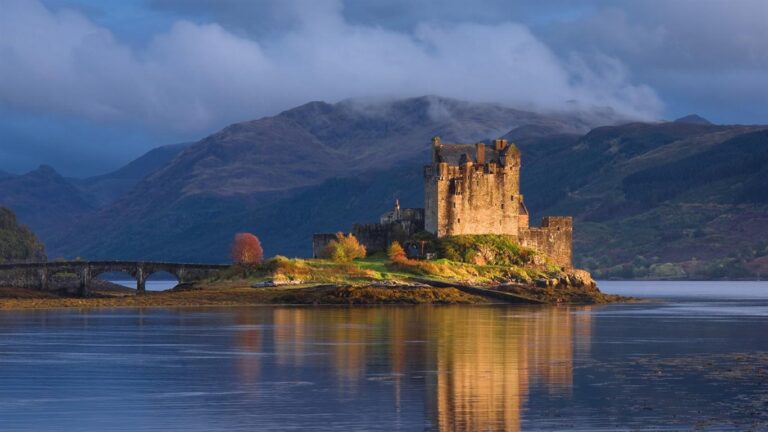
![355061,xcitefun-eilean-donan-6[1]](https://hobbymart.net/wp-content/uploads/2022/05/355061xcitefun-eilean-donan-61-768x514.jpg)
![videoblocks-eilean-donan-castle-scottish-highlands-scotland-united-kingdom-europe_b8cffqq7w_thumbnail-1080_01[1]](https://hobbymart.net/wp-content/uploads/2022/05/videoblocks-eilean-donan-castle-scottish-highlands-scotland-united-kingdom-europe_b8cffqq7w_thumbnail-1080_011-768x405.png)
![eilean-donan-castle-cropped-charles-hutchison[1]](https://hobbymart.net/wp-content/uploads/2022/05/eilean-donan-castle-cropped-charles-hutchison1-768x500.jpg)

5. Hohenzollern Castle, Germany
Hohenzollern Castle is the ancestral seat of the imperial House of Hohenzollern.[a] The third of three hilltop castles built on the site, it is located atop Mount Hohenzollern, above and south of Hechingen, on the edge of the Swabian Jura of central Baden-Württemberg, Germany.
![maxresdefault[1]](https://hobbymart.net/wp-content/uploads/2022/05/maxresdefault1-23-768x432.jpg)
![tumblr_pj97l8yIxA1voj96qo3_1280[1]](https://hobbymart.net/wp-content/uploads/2022/05/tumblr_pj97l8yIxA1voj96qo3_12801-768x960.jpg)
![lcras83vqx9y[1]](https://hobbymart.net/wp-content/uploads/2022/05/lcras83vqx9y1-768x512.jpg)
![Hohenzollern-Castle-1024x768[1]](https://hobbymart.net/wp-content/uploads/2022/05/Hohenzollern-Castle-1024x7681-1-768x576.jpeg)
6. Corvin Castle, Romania
Corvin Castle, also known as Hunyadi Castle is a Gothic-Renaissance castle in Hunedoara, Romania. It is one of the largest castles in Europe and is featured as one of the Seven Wonders of Romania.
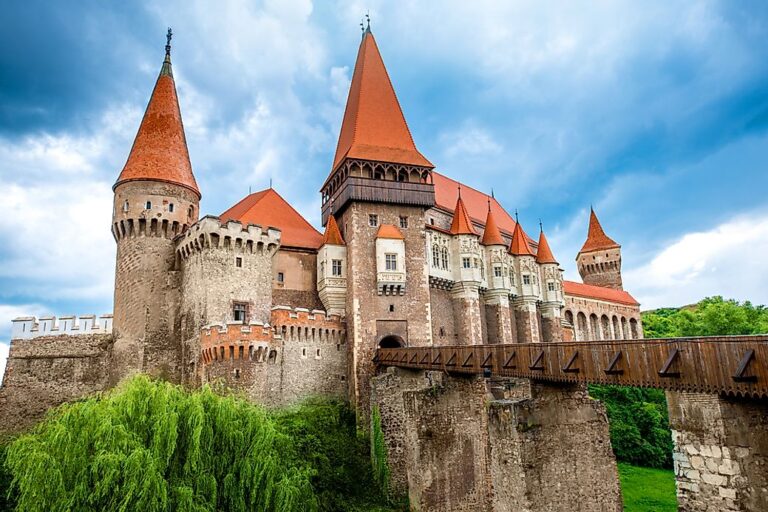
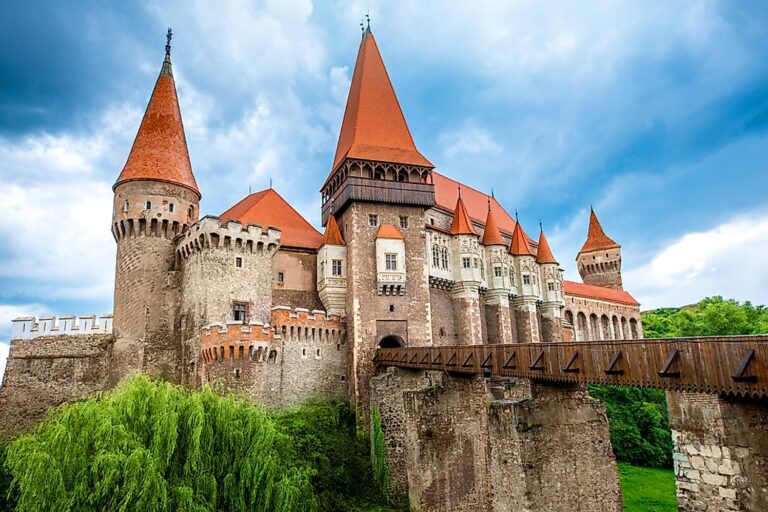
![68vpk7j5e3cz[1]](https://hobbymart.net/wp-content/uploads/2022/05/68vpk7j5e3cz1-768x780.jpg)
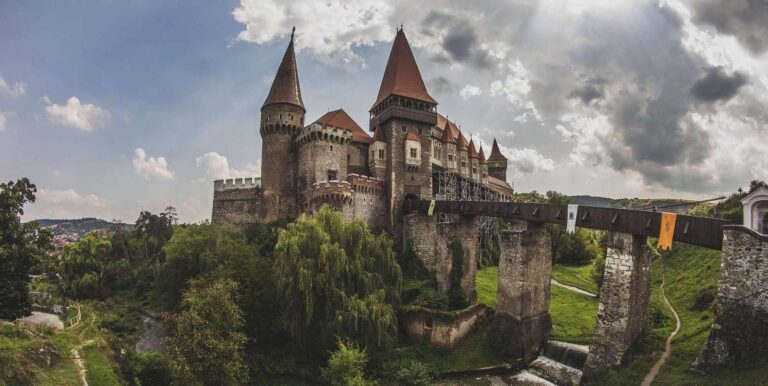
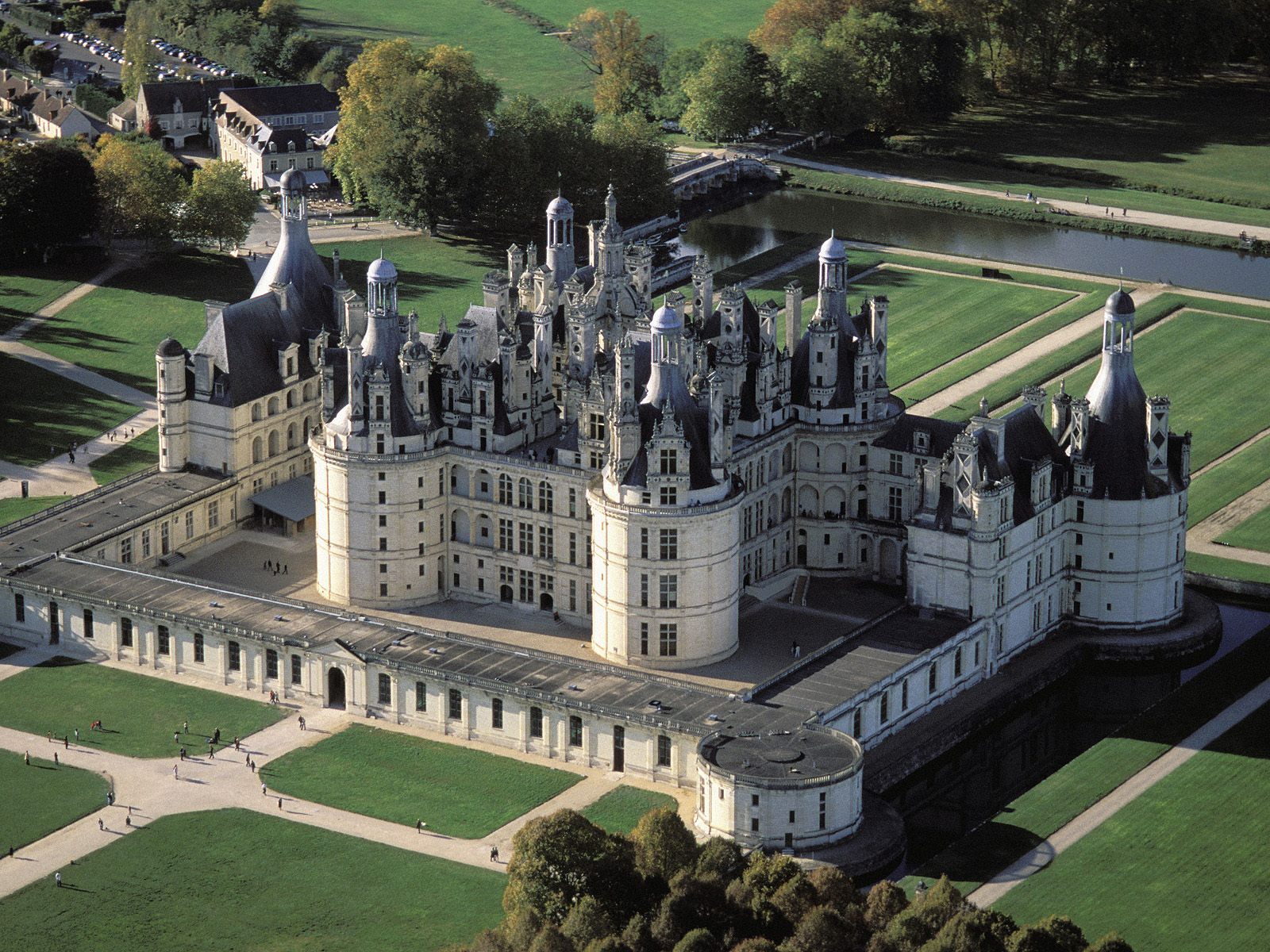
7. Château de Chambord, France
The Château de Chambord is one of the most recognisable châteaux in the world because of its very distinctive French Renaissance architecture which blends traditional French medieval forms with classical Renaissance structures. The building, which was never completed, was constructed by Francis I. Chambord is the largest château in the Loire Valley; it was built to serve as a hunting lodge for Francis I, who maintained his royal residences at the Château de Blois and Amboise. The original design of the Château de Chambord is attributed to Italian architect Domenico da Cortona; Leonardo da Vinci may also have been involved or influenced the design.

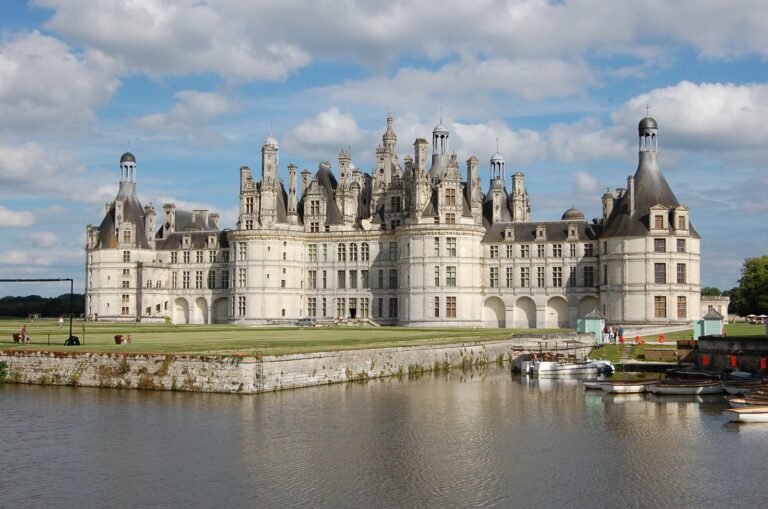
![37851162871_6db3c2ca13_b[1]](https://hobbymart.net/wp-content/uploads/2022/05/37851162871_6db3c2ca13_b1-768x432.jpg)
![414ea12a884b86c907dda6a84c669568[1]](https://hobbymart.net/wp-content/uploads/2022/05/414ea12a884b86c907dda6a84c6695681-768x439.jpg)
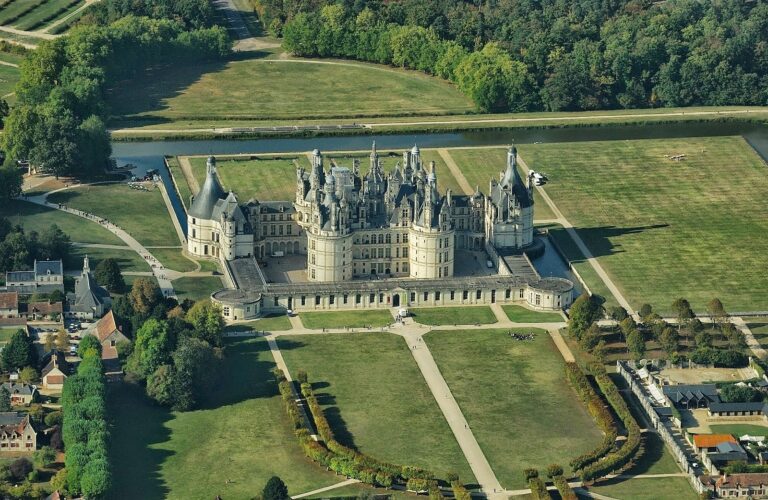


8. Moszna Castle, Poland
The Moszna Castle is a historic castle and palace located in the small village of Moszna, in southwestern Poland. Situated approximately 30 kilometres (19 mi) south of the regional capital Opole, between the towns of Prudnik and Krapkowice, the residence is an excellent example of romantic fairy-tale and eclectic architecture. The history of this building begins in the 18th century, although traces of older cellars were discovered in the gardens during excavation and reconstruction works at the beginning of the 20th century. Some of the those could have been remnants of a presumed Templar stronghold. Following the Second World War, further excavations uncovered a medieval palisade.

![IMG_2812-2[1]](https://hobbymart.net/wp-content/uploads/2022/05/IMG_2812-21-768x512.jpg)
![opffg1l7iu041[1]](https://hobbymart.net/wp-content/uploads/2022/05/opffg1l7iu0411-768x961.jpg)
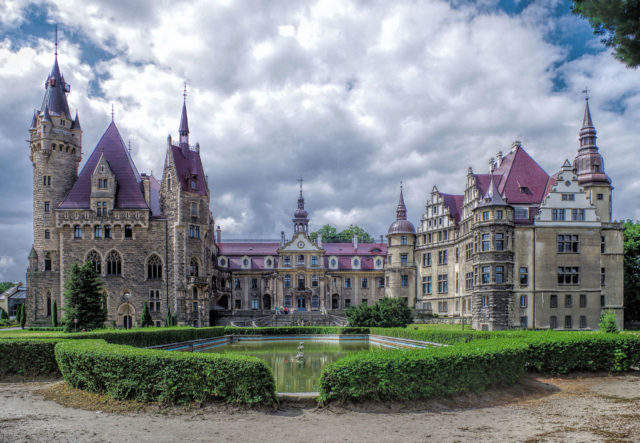
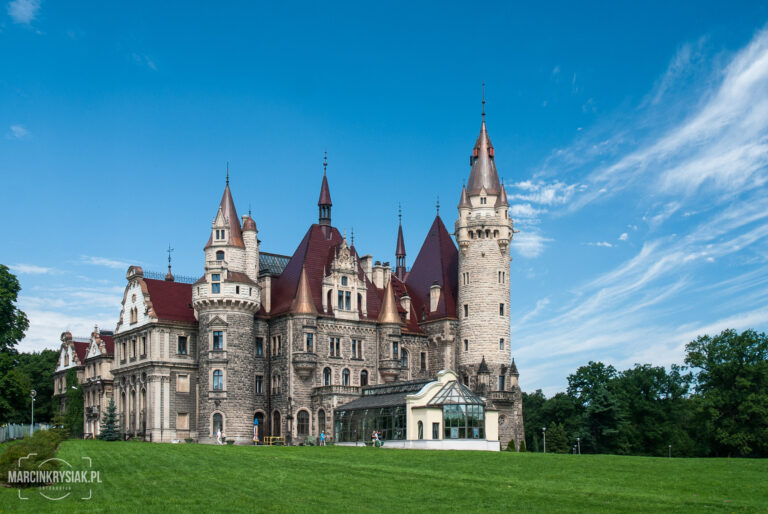
![121238267_3767051509972837_3141762260602703510_o-800x417[1]](https://hobbymart.net/wp-content/uploads/2022/05/121238267_3767051509972837_3141762260602703510_o-800x4171-1-768x400.jpg)

9. Gravensteen, Belgium
The Gravensteen is a medieval castle at Ghent, East Flanders in Belgium. The current castle dates from 1180 and was the residence of the Counts of Flanders until 1353. It was subsequently re-purposed as a court, prison, mint, and even as a cotton factory. It was restored over 1893–1903 and is now a museum and a major landmark in the city.
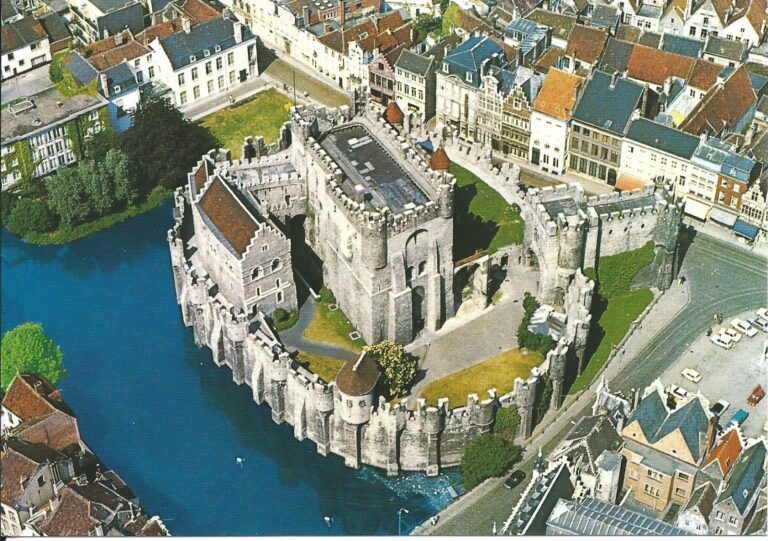
![b948da107245a8b2890ed624acd5d457[1]](https://hobbymart.net/wp-content/uploads/2022/05/b948da107245a8b2890ed624acd5d4571-768x512.jpg)
![47095769261_618fc78c36_b[1]](https://hobbymart.net/wp-content/uploads/2022/05/47095769261_618fc78c36_b1-768x576.jpg)
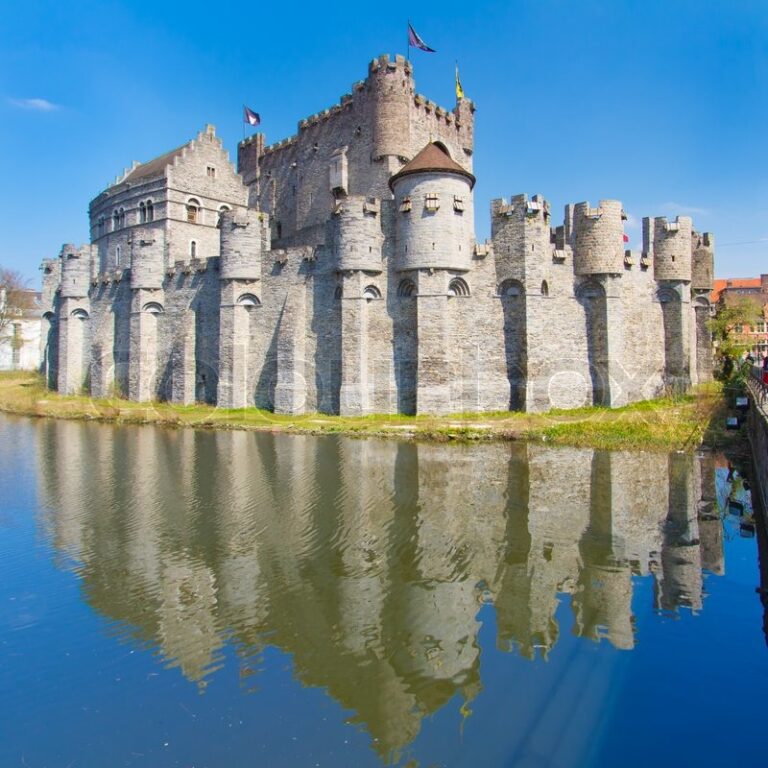

10. De Haar Castle, Netherlands
De Haar Castle is located in Utrecht, Netherlands. It is the biggest castle in The Netherlands. The interior of the castle is decorated with richly ornamented woodcarving, reminiscent of the interior of a Roman Catholic church. This carving was made in the workshop of Cuypers in Roermond, who even designed the tableware. The interior is furnished with many works from the Rothschild collections, including beautiful old porcelain from Japan and China, and several old Flemish tapestries and paintings with religious illustrations.
![57144_fullimage_de-haar_front_1120x[1]](https://hobbymart.net/wp-content/uploads/2022/05/57144_fullimage_de-haar_front_1120x1-768x480.jpg)
![170141[1]](https://hobbymart.net/wp-content/uploads/2022/05/1701411-768x432.jpg)
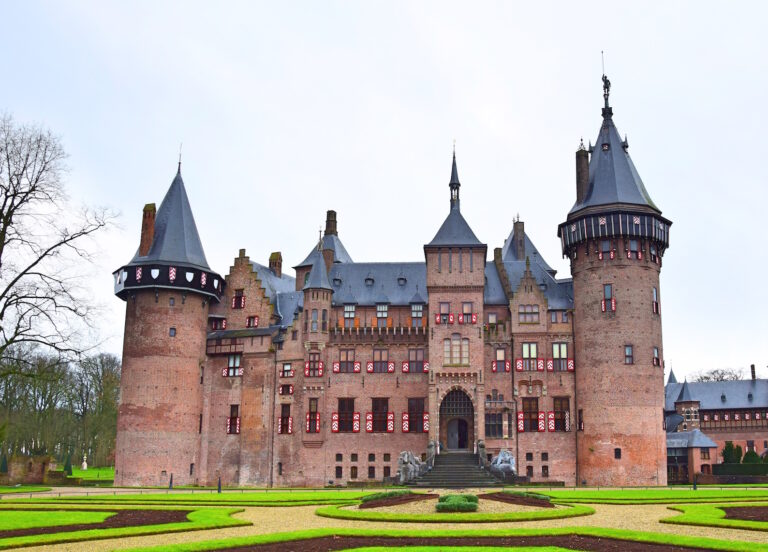
![maxresdefault[1]](https://hobbymart.net/wp-content/uploads/2022/05/maxresdefault1-22-768x432.jpg)
11. Alcázar of Segovia, Spain
The Alcázar of Segovia is a medieval castle located in the city of Segovia, Castile and León, Spain. Rising out on a rocky crag above the confluence of two rivers near the Guadarrama mountains, it is one of the most distinctive castle-palaces in Spain by virtue of its shape– like the bow of a ship. The alcázar was originally built in the 11th or 12th century by the Almoravid dynasty to serve as a fortress but has served as a royal palace where twenty-two kings have reigned, a state prison, a Royal Artillery College, and a military academy since then.[1] The castle overlooks a valley with the Eresma River and is a symbol of the Old City of Segovia. It was declared a UNESCO World Heritage Site in 1985. Today, the alcazar is used as a museum and a military archives building since its declaration as a National Archive in the Royal Decree in 1998.

12. Castillo de Coca, Spain
The Castle of Coca is a castle located in the Coca municipality, central Spain. The castle was constructed in the 15th century and has been considered to be one of the best examples of Spanish Mudejar brickwork which incorporates Moorish Muslim design and construction with Gothic architecture. A scale model of the castle has been built in the Mudéjar theme park and another replica built at a ratio of 1:25 is placed in the Minimundus miniature park in Klagenfurt, Austria.
.jpg&ehk=vAoGCEbDcU30uTI7nqChVS%2beDX97edXzV0KWySUuhDA%3d&risl=&pid=ImgRaw&r=0)
13. Château de Chenonceau, France
The Château de Chenonceau is a French château spanning the river Cher, near the small village of Chenonceaux, Indre-et-Loire, Centre-Val de Loire. It is one of the best-known châteaux of the Loire Valley. The estate of Chenonceau is first mentioned in writing in the 11th century. The current château was built in 1514–1522 on the foundations of an old mill and was later extended to span the river. The bridge over the river was built (1556-1559) to designs by the French Renaissance architect Philibert de l'Orme, and the gallery on the bridge, built from 1570 to 1576 to designs by Jean Bullant.

14. The Alcázar of Seville, Spain
The Royal Alcázars of Seville, historically known as al-Qasr al-Muriq (Arabic: القصر المُورِق, The Verdant Palace) and commonly known as the Alcázar of Seville (pronounced [alˈkaθaɾ]), is a royal palace in Seville, Spain, built for the Christian king Peter of Castile. It was built by Castilian Christians on the site of an Abbadid Muslim alcazar, or residential fortress. The fortress was destroyed after the Christian conquest of Seville in 1248.
15. Burg Kreuzenstein, Austria
Burg Kreuzenstein is a castle near Leobendorf in Lower Austria, Austria. Burg Kreuzenstein is 265 metres (869 ft) above sea level. It was constructed on the remains of a medieval castle that had fallen into disrepair and was then demolished during the Thirty Years' War. Intended to be a family vault for the Wilczek family, it was rebuilt in the 19th century by Count Nepomuk Wilczek with money from the family's large Silesian coal mines. Kreuzenstein is interesting in that it was constructed out of sections of medieval structures purchased by the family from all over Europe to form an authentic-looking castle. Thus, the castle can be considered both a 'neo-' and 'original' medieval structure. The castle is sometimes used as a location for films.




